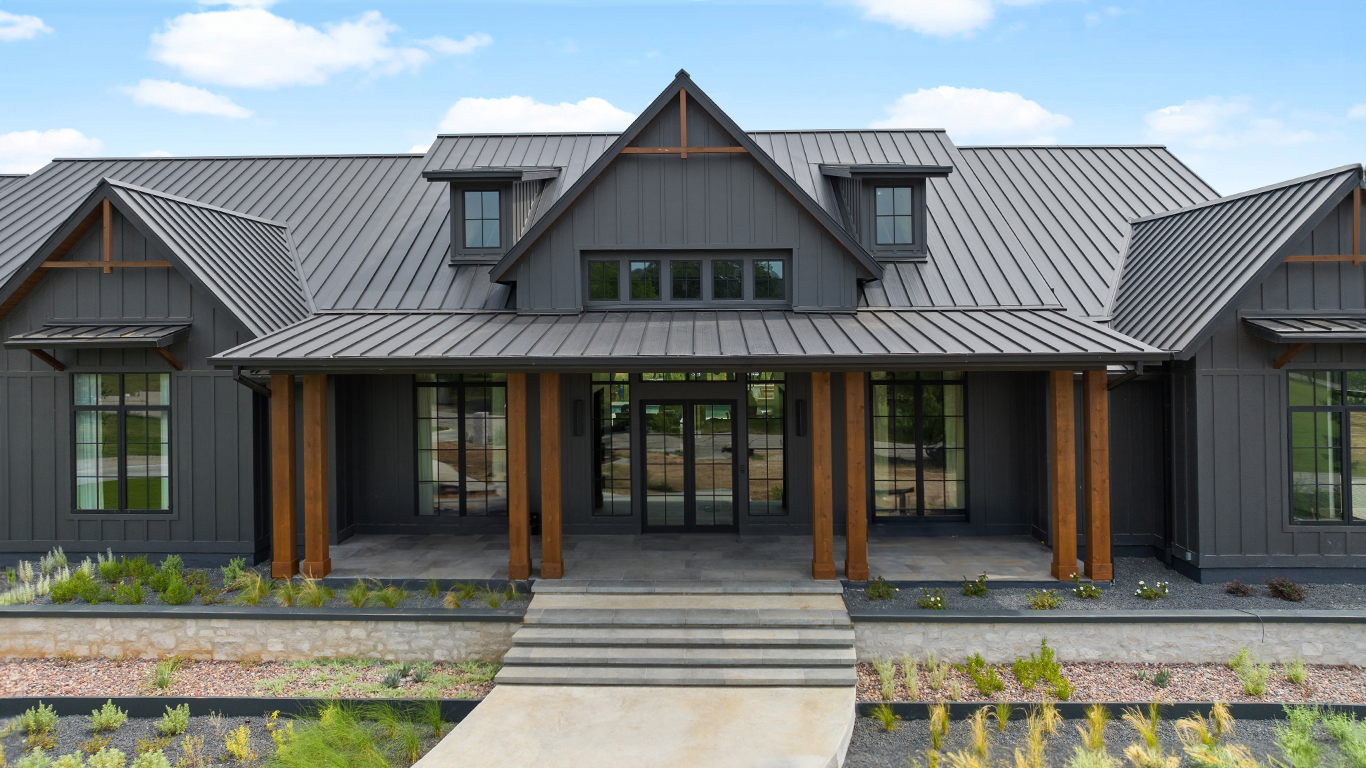
This Austin, Texas, project embodies sustainable luxury through its two connected residences: a main home with a HERS of negative 30 with PV and a guest home with a HERS of 54, both EPA Indoor airPLUS certified. Thoughtfully designed, these residences merge elegance with energy efficiency, showcasing how sustainability enhances, not limits aesthetics.
At the core of this property is a beautifully designed 30,000-gallon rainwater harvesting system, capable of capturing up to 6,000 gallons per inch of rainfall from the main residence, supporting irrigation, potable use, and gardens on the eleven-acre property. Solar energy is generated by discreetly positioned ground-mounted photovoltaic (PV) panels, designed to meet the homes’ energy demands while minimizing their carbon footprint. For energy independence and resilience, the home integrates its own well for fresh water, the option to use city water, and a Generac generator to provide backup power during emergencies.
Stepping...
read more